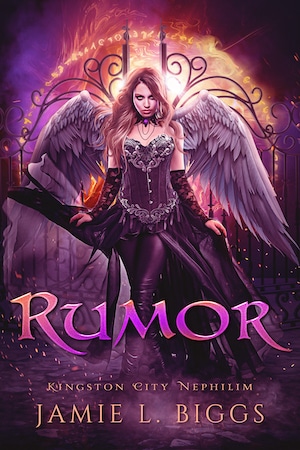by Liz Bureman |
I don’t have a very big DVD collection, but one of the discs on my shelf is Catch Me If You Can. I really enjoy this movie, for a few reasons. I love anything that is based on a true story, plus you really can’t go wrong with Leonardo DiCaprio and Tom Hanks. Come on now.
By nature of the story content, you have a pair of characters who are on opposite sides of the law, but they’re both painted as sympathetic characters. DiCaprio’s Frank Abagnale, Jr. is clearly meant to be the one whom the audience sympathizes with, but Carl Hanratty, played by Hanks, is the man on the right side of the law. He’s clearly the anti-villain to DiCaprio’s anti-hero.
What other degrees of anti-villains are there?
by Liz Bureman |
Every Wednesday, two of my good Denver girlfriends and I get together for a girls night with food, beer, and an activity. Last week, our activity of choice was watching Disney’s Hercules on my couch. Clearly Disney took some creative liberties (they’re a family company, after all, and Greek mythology is not all that family-friendly), but it sure is entertaining to see Hercules try to prove himself as a “true hero”. And that got me thinking: wouldn’t it be fun to examine all the sides and angles of heroes and villains?
We’re dipping our toes into the waters with a comparison of heroes and anti-heroes.
by Katie Axelson |
The scene’s clear in your head. The characters are running around creating drama, making their own lives difficult but yours easier with every passing word. Until you realize you don’t know the name of that brown-eyed beauty and her Prince Charming lacks an identity of his own.
by The Magic Violinist |
The sign of a great character is when you can’t believe the character isn’t real. Your protagonist should most certainly be just this realistic, especially since she’s the star of the show!
The surprising truth is that if you make a character realistic, she’ll also be more lovable. People relate to characters with depth and humanity more than an alien robot with no emotion.
Here are three ways to make your protagonist more realistic…
by Liz Bureman |
We’re used to rooting for our protagonists. The easiest way to get an audience behind your character is to give them a moral compass that consistently points toward good. But what happens if your main character’s moral compass points in the opposite direction? Or if they have no moral compass at all?
Welcome to the world of the villain protagonist.


